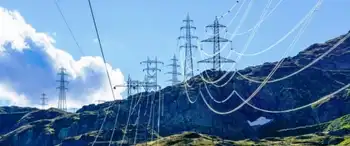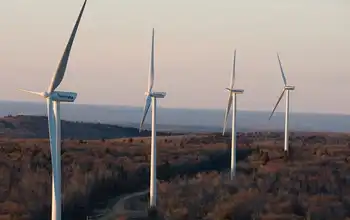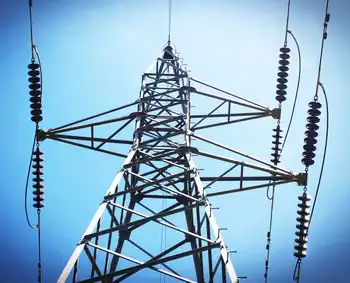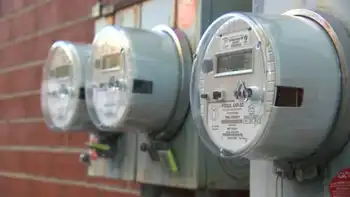Germany may look to new nuclear builds
By Reuters
CSA Z462 Arc Flash Training - Electrical Safety Essentials
Our customized live online or in‑person group training can be delivered to your staff at your location.

- Live Online
- 6 hours Instructor-led
- Group Training Available
Chancellor Angela Merkel's new center-right government kept nuclear energy alive but stressed that would only be until renewable energies are fully viable. Popular opposition to nuclear is strong and visceral.
A total of 17 reactors had faced closure in the coming decade but can now expect a new lease of life.
Analysts think this leaves room for opinions to change.
"There is an attempt in Germany to establish a policy comfort zone," said Lawrence Poole of IHS Global Insight.
"Once they have that in place and safe and well maintained nuclear plants continue to supply power, it makes it that much easier to progress the overall debate," he said, adding, "Whether that means new plants is another question."
Merkel's political opponents have been less circumspect in raising their own suspicions.
"The oldest scrap metal reactors remain online despite all safety problems," said Green politician and former environment minister Juergen Trittin in a comment on the coalition deal.
"The nuclear consensus is being reversed despite a clear majority against this and an out-of-date and expensive, risky technology is being continued in favor of the market power and the profits of the four big energy groups," he said.
Politicians avoid talk of new plants as they must respect public sensitivity over safety and unresolved waste issues.
A ZDF television poll last month showed that 52 percent of the population still preferred the exit deal to stay in place.
But some 41 percent were for life extensions rather than 36 percent prior to the September election.
"Longer life cycles are the declared intention of the two ruling parties and can be assumed as a given," said Matthias Heck, utility analyst at private bank Sal. Oppenheim.
"The financial and safety details of such a move could be finalized by next spring, as the coalition deal says this should happen as soon as possible."
Operators have some time to play with even in the unlikely case that discussions are postponed until after a key state election in May 2010.
Scheduled phase-outs in 2010 of RWE's Biblis A and EnBW's Neckarwestheim 1 may be stopped in courts and the political change means bids for interim operations may be nodded through.
The government plan had to be tempered in order to appease a skeptical public and fierce anti-nuclear lobbies.
A key element of that was the pledge for big nuclear earnings to be put to public use.
It also assured that renewable power, whose proponents prior to the election warned fresh support for nuclear would quash their fledgling industries, will be given priority over nuclear when fed into the power distribution grids.
RWE chief executive Juergen Grossmann last week said he was ready to start talks which will assess how the industry must pay some future profits from longer production times into funds for safety, research and grid efficiency.
The likely additional earnings from ongoing operations of largely written-off plants run into billions of euros.
UniCredit bank believes 7.5 billion euros (US$11.08 billion) could be reasonable earnings by the four nuclear operators, RWE, E.ON, EnBW and Vattenfall Europe whose nuclear plants produce a quarter of German electricity.
The figure is based on a 20 years life extension, on top of the currently allowed 32 years, and assumes that power prices of 50 euros per megawatt hour can be achieved.
Germany's retreat from a swift nuclear shutdown has chimed in with a resurgence of atomic power across the continent.
"As Germany is Europe's biggest economy, its behavior is crucial to other energy markets," said Santiago San Antonio, the head of Brussels-based Foratom, the nuclear industry group.
"Responsible technical decisions will have to be taken but the conservative victory can only be positive for nuclear."











